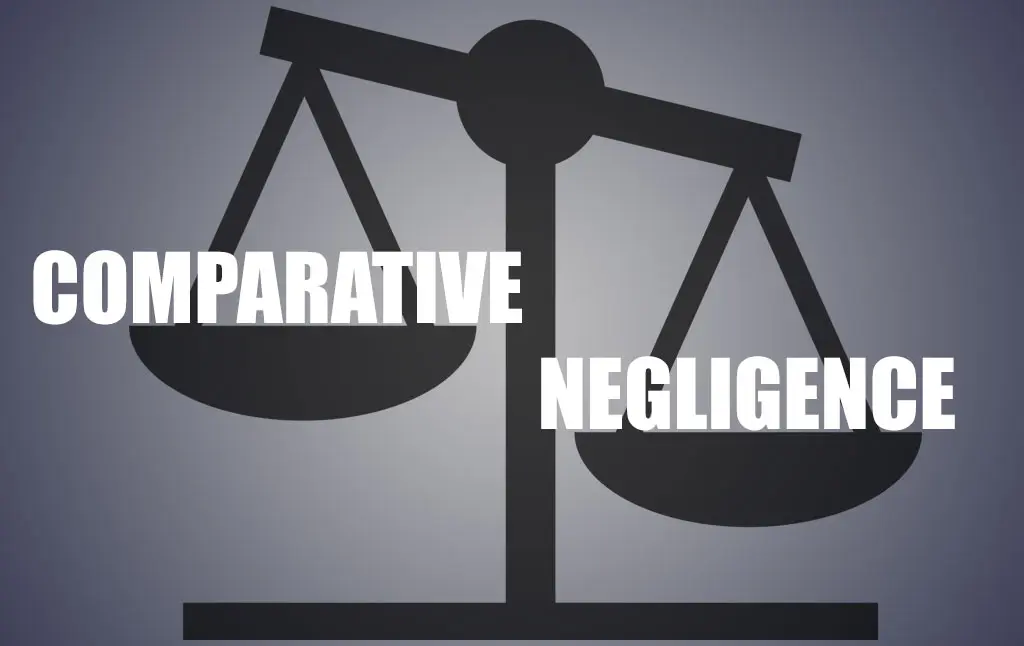What Is Modified Comparative Negligence?

When it comes to personal injury cases, liability can be somewhat complex. Contributory negligence and comparative fault play a big role in your ability to recover monetary damages after an injury accident, but it’s not as complicated as it may initially sound.
Texas (along with 22 other states) uses the “modified comparative negligence” rule. This means that that any compensation awarded to the victim will be reduced by the percentage of negligence assigned to them. Additionally, a victim cannot recover any compensation if they are found to be 51% or more at-fault.
For example, if a court determines that you suffered $100,000 in damages but assigns 20% of the fault onto you (e.g., for failure to take evasive action), you will only recover $80,000.
Texas’ modified comparative fault rule also applies when multiple parties share blame for an accident. For example, let’s say that you were rear-ended in an auto accident. A court may assign 70% of the fault on the driver who crashed into you, but the remaining 30% on a second driver who initially cut him off. If you only sought damages from one driver, you may never be able to recover 100% of the compensation you’re eventually awarded.
People also ask
Do You Have a Personal Injury Question for Us?

Montgomery Law is a Dallas-based personal injury law firm focused on getting clients the justice and compensation they deserve.
Call us toll-free at 1-833-720-6090 to discuss your case today for no cost.


Leave A Comment